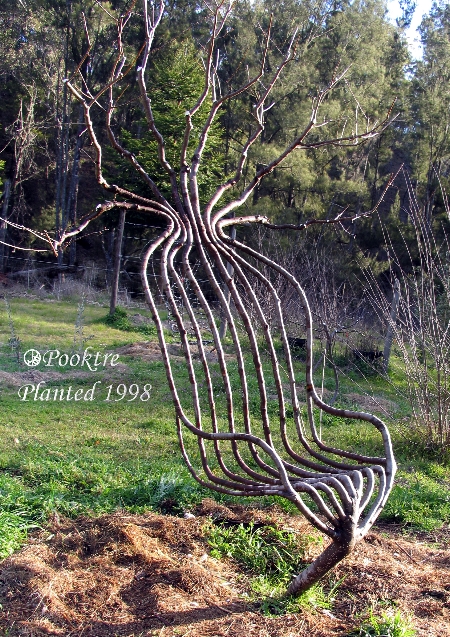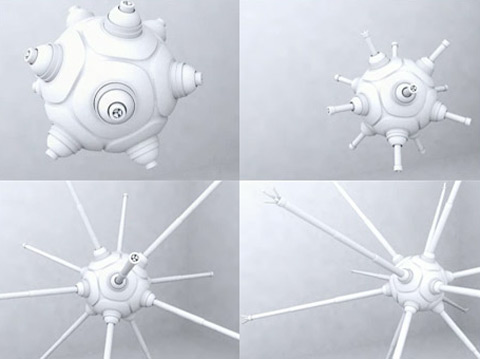
Utility Fog is a hypothetical collection of tiny robots, envisioned by Dr. John Storrs Hall while he was thinking about a nanotechnological replacement for car seatbelts. The robots would be microscopic, with extending arms reaching in several different directions, and could perform lattice reconfiguration. Grabbers at the ends of the arms would allow the robots (or foglets) to mechanically link to one another and share both information and energy, enabling them to act as a continuous substance with mechanical and optical properties that could be varied over a wide range. Each foglet would have substantial computing power, and would be able to communicate with its neighbors.
More info here
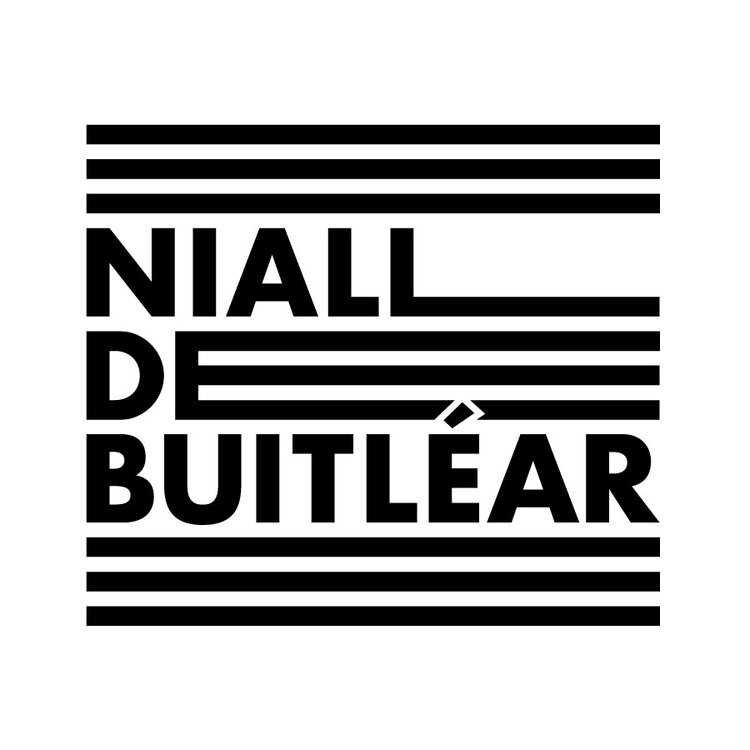
 Treasure from the Bog is an RTE documentary about the Faddan More Psalter. The book is described as:
Treasure from the Bog is an RTE documentary about the Faddan More Psalter. The book is described as:


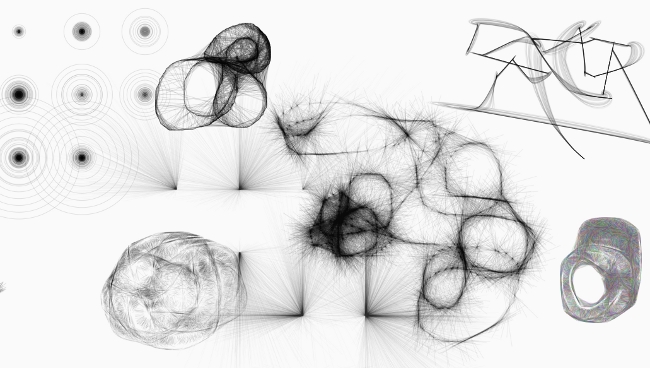 The image shows some of the different effect possible with this fantastic
The image shows some of the different effect possible with this fantastic 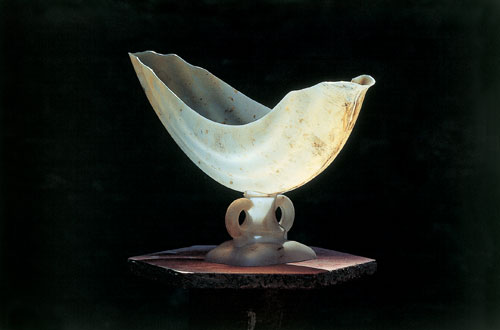
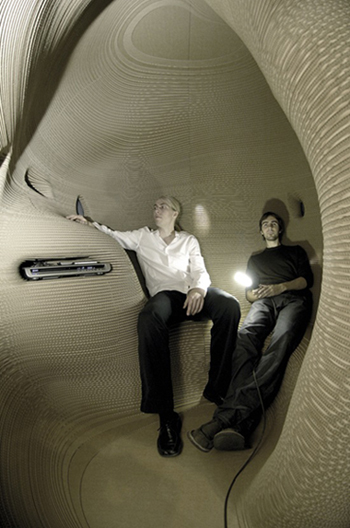

 "The researchers decided to task the slime mold with a problem human designers had already tackled. They placed oat flakes (a slime mold favorite) on agar plates in a pattern that mimicked the locations of cities around Tokyo and impregnated the plates with P. polycephalum at the point representing Tokyo itself. They then watched the slime mold grow for 26 hours, creating tendrils that interconnected the food supplies. Different plates exhibited a range of solutions, but the visual similarity to the Tokyo rail system was striking in many of them"
"The researchers decided to task the slime mold with a problem human designers had already tackled. They placed oat flakes (a slime mold favorite) on agar plates in a pattern that mimicked the locations of cities around Tokyo and impregnated the plates with P. polycephalum at the point representing Tokyo itself. They then watched the slime mold grow for 26 hours, creating tendrils that interconnected the food supplies. Different plates exhibited a range of solutions, but the visual similarity to the Tokyo rail system was striking in many of them"
 is a silicone goo for fixing and modifying all sorts of things. It cures overnight when exposed to air, it sticks to almost anything, it's waterproof and it's cheap.
is a silicone goo for fixing and modifying all sorts of things. It cures overnight when exposed to air, it sticks to almost anything, it's waterproof and it's cheap.




